Consumers and businesses are increasingly aware of the importance of more sustainable packaging practices. As a business owner, it is vital that you make sure you are doing the right thing. Eco-friendly packaging is the right thing to do – for people, for the planet and for your business.
When selling on Amazon, you can join the frustration-free packaging program. This is all about orchestrating your packaging efforts with Amazon to make sure that it is sustainable, easy to open, protective, low waste and cost-effective. Businesses can have their packaging approved through a process of certification. Then customers can choose this packaging at the checkout by selecting the 'Ship in Amazon packaging' option.
But over and above getting in line with Amazon's brand expectations, why exactly should a business make sure they use eco-friendly packaging? And what does eco-friendly packaging really mean? Let's delve a little deeper into this issue.
Why Choose Eco-Friendly Packaging?
Any business that thinks long-term should take a triple bottom line approach. In other words, they should think not only of pure financial profit, but of the three pillars of:
1) value to the environment
2) value in the social sphere
3) real economic value
Sustainable, eco-friendly packaging should take all three of these pillars into account.

Eco-friendly packaging is designed with the environment in mind. It is packaging that will not harm the world's ecosystems or contribute to the climate crisis. It will embrace a zero-waste approach – to materials, energy, water and land. It will minimize the carbon cost of distribution and it won't pose a threat at the end of its useful life.
It is also important to understand that what is beneficial environmentally is also beneficial in societal and economic terms. Humanity simply cannot function without the natural ecosystems around us.
When, as a business, we threaten the environment, and contribute to the climate crisis, we are threatening the resilience of our societies. And when our societies crumble, businesses do too. Remember, you rely on resilience in systems – as it is this resilience that will allow your business venture to thrive now and into the future.
Companies that have embraced sustainable strategies (including eco-friendly packaging) during the pandemic have outcompeted those who have not in financial terms. Choosing environmentally friendly options builds resilience and reduces risk.
As more and more consumers become aware of the issues surrounding the environment and sustainability, businesses that are not embracing eco-friendly packaging options are, increasingly, being left behind. Creating eco-friendly packaging is one of the sustainable strategies businesses can employ to build brand and boost their reputation. Consumers can make or break your business. And good quality, eco-friendly packaging can often mean repeat customers, and increased sales.
What is Eco-Friendly Packaging?
To create truly sustainable, eco-friendly packaging, you need to think about a number of things. Eco-friendly packaging should:
Utilize materials that do not come at a high cost:
In terms of energy usage, carbon emissions, water, land, non-renewable resources etc...
Remember: inks, tapes and other additions need to be considered, as well as the main packaging materials.
Sustainable materials should be:
- Made, wherever possible, from natural and renewable raw materials (grown in sustainable systems).
- Result in minimal carbon emissions. (And ideally have used renewable sources of energy in their manufacture.)
- Avoid waste (of energy, water, land, resources etc.) at all stages of manufacture.
- Not have had a negative impact on people (or animals) through their creation.
- Use as few resources and materials as possible. (Be clean, minimal and streamlined to meet the requirements and keep products safe while reducing materials costs.)
- Be easily transported, be as light as possible and reduce carbon costs and pollution costs of shipping through taking up as little space in transit as possible.
- Be fully-compostable and not pose a waste problem at the end of their useful lives.
- Be reusable- for other things beyond packaging-once they reach the consumer, before being recycled.
Moving away from single use synthetic plastics is an obvious 'must' for eco-friendly packaging. Synthetic plastics are derived from finite and polluting fossil fuels, which should be kept in the ground. They require further fossil fuels for the energy required during manufacture. And, of course, as non-biodegradable materials, they create a massive plastic waste problem.
Cardboard (from sustainable sources – ideally recycled), or paperboard made from bamboo can be obvious sustainable packaging options. But, it is important to look at the source of these materials and be careful about coatings and treatments.
In certain situations, innovative plastic products – plastics that are derived from plant-based materials and are fully home compostable – can be a good choice. Compostable plastics can be useful, but again, it is important to carefully consider where they come from and how they are made.
Where fully compostable options are not feasible, reusable and recyclable options should be considered. Eco-friendly packaging of this type should consider longevity in use and ease of recycling.
It might also be possible to adopt a circular economic model for your business – so there is no such thing as waste. Potentially, used containers could be returned to be refilled, for example.
However you accomplish the goal, reducing waste at all stages should be a key goal.

